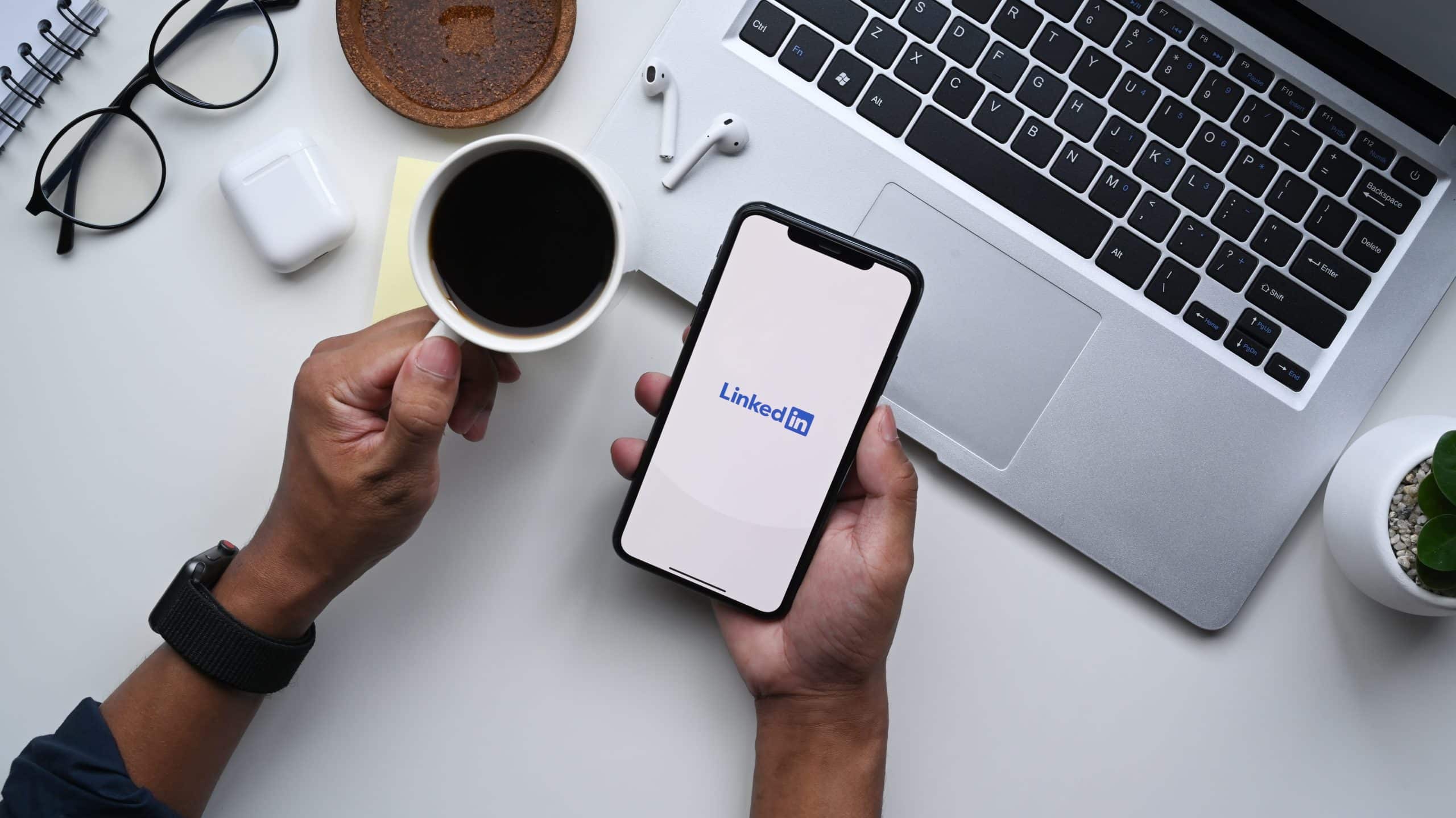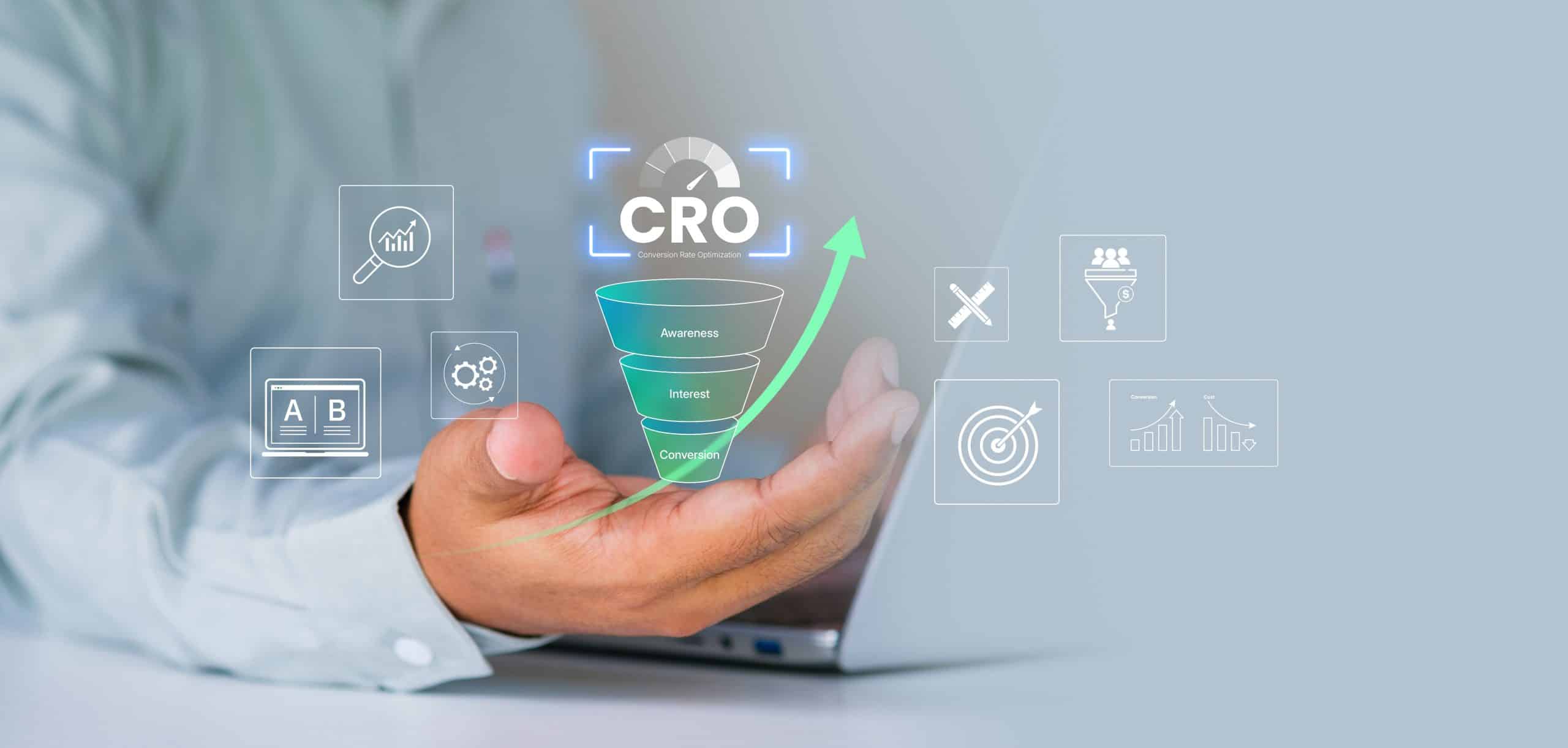LinkedIn Company Pages are your brand’s home on the world’s largest professional network. They’re public profiles for organizations (not to be confused with personal profiles) designed to showcase your story, hire talent, publish content, run ads, and build a community among customers and employees.
With more than a billion professionals on LinkedIn and billions of monthly interactions with Pages, a well-run Company Page is one of the most efficient ways to put your expertise and offers in front of decision-makers and to convert awareness into measurable business outcomes.
How to Create a Company Page on LinkedIn
Choose the Right Page Type and Owner
Start with a business email address that isn’t tied to one employee, and designate at least two admins with full access for redundancy. If you plan to highlight specific product lines or regions later, you can add Showcase Pages under your main Page.
Set up Your Page
From your LinkedIn feed, open the “Work” grid and select “Create a Company Page +,” or visit LinkedIn’s Pages hub and follow the prompts. You’ll choose Company, Showcase Page, or Educational institution. Most businesses will choose Company.
Complete Every Field (This Matters)
Add your logo, cover image, tagline, URL, industry, company size, location, and description. Pages with complete information see materially more visibility and engagement over time, so treat completeness like a checklist, not a nice-to-have.
Configure Your Page Infrastructure
Turn on the custom call-to-action button and connect it to a trackable URL, then add your phone number and other contact details. In Admin Tools, navigate to Manage Admins and assign roles. For best results, connect your page to your customer relationship management (CRM) and analytics stack via UTM parameters to monitor traffic and conversions.
Get Your Page Ready for Posts
Most companies publish a welcome post pinned at the top of their page to introduce their brand voice and set expectations for their content cadence. It’s a good idea to create your first three weeks of content before launch, so you aren’t scrambling after launch and playing catch-up afterwards.
Best Practices for LinkedIn Company Pages
Post Consistently and Plan Around Prime Hours
A predictable cadence trains the algorithm (and people) to expect your content. A practical starting point is three to five posts per week. Multiple industry analyses show weekday mornings, especially mid-week, are reliable engagement windows. Your best content should be scheduled for then, and test the time-of-day variations against your own analytics.
Lead With Formats That Earn the Most Engagement
On Company Pages, multi-image posts and native documents (“carousels”) are among the top performers for engagement, with native video close behind. Use documents for step-by-step frameworks, checklists, and explainers. Video is especially useful for launches, demos, and messages directly from your leadership. Also, remember to leverage LinkedIn Live: Live streams reliably spark more reactions and comments than standard video, and they’re excellent for AMAs (Ask Me Anything) or event programming.
Design Content for the Feed With Hooks, Hierarchy, and Skimmability
Your first one to two sentences must carry your idea. Write a scannable post body with short paragraphs, bold headers, and catchy CTAs. Don’t forget to add alt text to images to increase your accessibility and discoverability.
Publish Real Thought Leadership
LinkedIn’s audience is primed for true educational content. Use your Page to answer the questions your buyers are already Googling: Go deep into benchmarks, business analyses, and narratives about “how we did X.” Contrarian takes backed by data and visuals will improve brand lift and conversion rates for paid and organic programs.
Mobilize Your Employees to Contribute
Employee networks dramatically expand reach versus your page alone. Make it easy for staff to participate by briefing them weekly with one to two key posts, and provide “suggested copy” they can personalize. Leadership in the company needs to comment on posts and not just like them. Their comments will resurface posts into the feeds in their networks, which will raise your profile among other executives in your field.
Use Page Targeting When it Helps Relevance
For posts that matter most to specific sub-audiences, you can target them using the page audience targeting feature. Select by language, geography, industry, job function, or seniority to drill down on specific demographics. You won’t always need it, but for launches and region-specific initiatives, targeting concentrates engagement where it counts.
Build a “Lightweight” Newsletter Program
LinkedIn newsletters are a feature that lets professionals and company pages publish and promote long-form articles directly to the platform. Subscribers receive notifications via email and in their feeds, and you can see email sends and open-rate metrics in your analytics dashboard. Newsletters are a good way to recap monthly insights, link to deeper resources, and invite subscribers back to your site.
Treat Comments Like Content
The comments features of all social media platforms are where the real magic happens. Companies that stay on top of their comments build trust with other industry players and customers. Some best practices include replying to questions within the first hour, tagging relevant voices, and promoting great comments by creating follow-up posts that quote them. (It’s good etiquette to ask permission first.) The algorithm and followers will reward a response rate over 80% on direct questions with loyalty.
Make Discovery Easy Off-Platform
Building your following on LinkedIn should start by adding “Follow us on LinkedIn” buttons to your website footer, careers pages, and blog templates. Executives can use their email signature and customer onboarding flows to invite follows.
How to Manage Your Company Page on LinkedIn
Write a Governance Document
Create a doc that lists all your policies: who can post, what “good” looks like, and how content is approved. This should also be a simple playbook covering voice, visuals, cadence, comment policy, and escalation paths.
Create a Content Calendar
Plan content posts at least four to six weeks ahead. Templating what you want to post can help with scheduling, but be sure not to schedule away all spontaneity. Key company moments should be part of the social plan where launches, events, and reports get planned pre-, during-, and post-coverage.
Standardize Production
Speaking of templates, standard templates include a document carousel template, a testimonial card template, and a 30 to 60 second video hook template. This shrinks production time and keeps your feed visually consistent.
Focus on Community
Block 30 to 60 minutes after each post to prepare for community engagement that includes replying to comments, answering DMs, and jumping into relevant hashtag conversations.
Analytics and Reporting
If you have the technical capacity, it’s very useful to build a dashboard that connects your LinkedIn page analytics with web analytics (UTMs) and your CRM software. Then you can generate monthly reports on content that drove the most downstream sessions and demos, which formats lifted engagement rate, and how employee advocacy affected reach and CTR.
Compliance and Risk
For regulated industries, like banking or healthcare, all posts need to be routed through your legal team for review and to keep records of edits and approvals. Establish a clear moderation policy for comments and a crisis communications checklist.
Key Takeaways
A complete, well-maintained LinkedIn company page earns more views and engagement and sets you up for growth. Consistency matters more than volume, so plan on three to five posts per week. Prioritize documents/carousels, multi-image, and video for engagement, and use LinkedIn Live for interactive moments. Empower employees to amplify your message through their personal accounts and measure what moves business outcomes (not vanity metrics). Use audience targeting and newsletters to deepen relevance, and make it easy for people to follow you from every touchpoint you control.
Frequently Asked Questions (FAQs)
How do you grow your brand’s organic following on LinkedIn?
The key to growing an organic following is to focus on value and consistency. Best practices include posting useful, skimmable thought leadership three to five times a week and making your content easy to share. From there you can cross-promote your page from your site, product, newsletter, events, and customer onboarding.
How do you target your content to relevant audiences on LinkedIn?
Page post targeting allows you to send a message to a subset of your followers by filtering for industry, company size, job function, seniority, location, or language. Don’t forget to tailor your creatives by persona and review your follower demographics in analytics monthly.
What are the best alternatives to LinkedIn to advertise your content?
For top- and mid-funnel distribution, YouTube (video discovery), Google Display/Discovery, and Meta (Facebook/Instagram) offer broad reach and efficient CPMs. For intent-rich, niche contexts, try Reddit Ads or, if your audience skews tech, consider Stack Overflow Ads or sponsorships in developer media.
Once CPMs rise or performance on LinkedIn, Search, and Social begins to plateau, consider Realize — a performance advertising platform built for the open web. Realize helps advertisers extend campaign reach beyond walled gardens, optimizing for measurable engagement and conversions across premium publisher environments.



